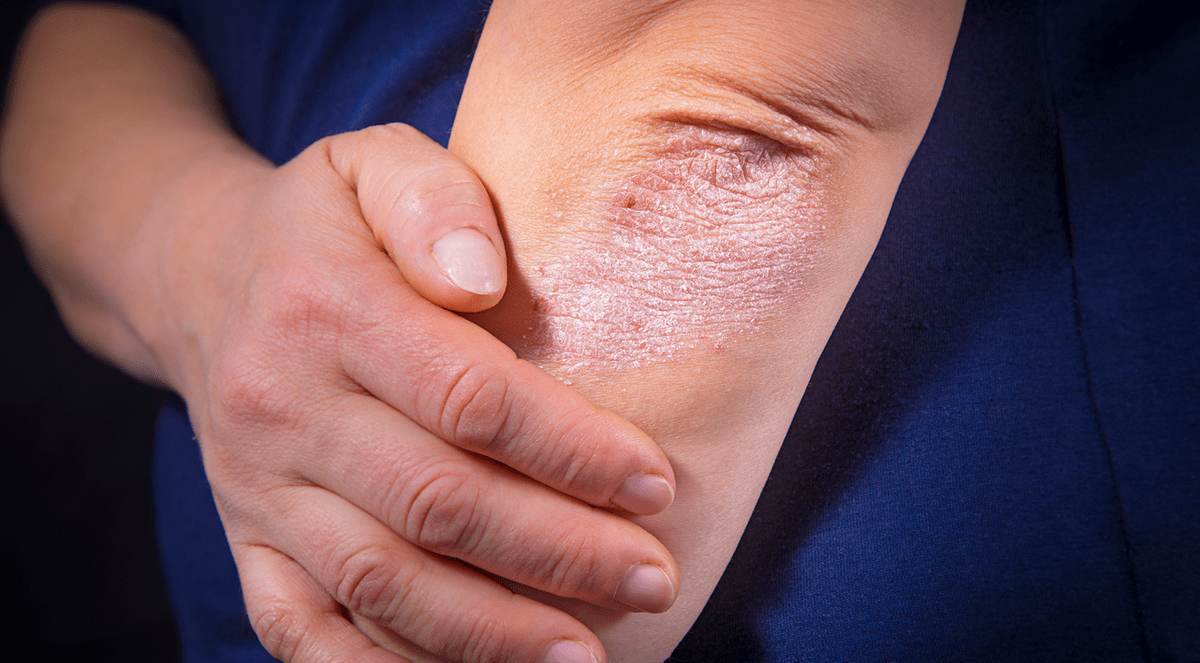Topical minoxidil is a well-known and often used medication in dermatological practice to treat alopecia. It was licensed by the US Food and Drug Administration in 1988 for the treatment of androgenetic alopecia. Minoxidil has been used off-label for the treatment of numerous additional kinds of alopecia since its approval, with a nominal official proof of effectiveness. Telogen effluvium, alopecia areata (AA), scarring alopecia, eyebrow hypotrichosis, monilethrix, and chemotherapy-induced alopecia (CIA) are all conditions for which topical minoxidil has been used.
A range of research, including clinical trials, case series, and case reports, provide evidence for the use of minoxidil in each disease. A thorough assessment of the literature revealed that, while minoxidil is often used in the treatment of various alopecic disorders, there is conflicting evidence supporting its effectiveness.
The research appeared to be equivocal for many diseases, including AA and the majority of scarring alopecias. Others, such as eyebrow hypotrichosis, monilethrix, early traction alopecia, and CIA, have greater evidence supporting minoxidil’s effectiveness. Although minoxidil has a positive safety profile in adults, its use in the treatment of pediatric alopecia may necessitate more monitoring and patient education.
Reference:link.springer.com/article/10.1007/s40257-018-0409-y


